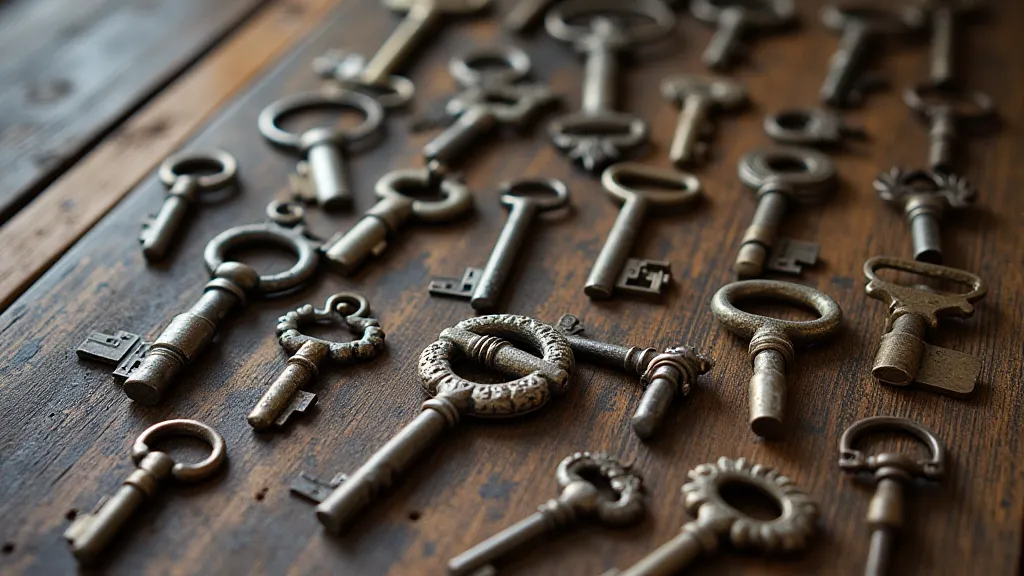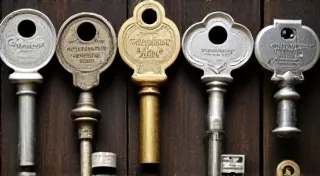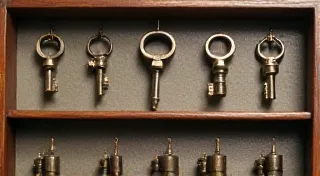Keys and Security: How Antique Keys Shaped Access Control
The unassuming antique key, often found tucked away in dusty attics or antique shops, represents far more than just a means of opening a door. Its design and evolution tell a fascinating story of ingenuity, technological advancement, and the constant struggle to control access and maintain security throughout history. Before digital locks and biometric scanners, the key was the primary, and often most sophisticated, method of safeguarding property and valuable possessions. Let’s delve into how these antique keys shaped access control and the evolution of locking mechanisms.
Early Keys: Simple Solutions to a Universal Problem
The concept of a key is surprisingly old. Evidence suggests keys existed as early as 4000 BC in Mesopotamia. These earliest keys were basic – often crafted from wood or bone – and were little more than shaped pegs. Their functionality was limited; they provided a rudimentary level of security, primarily deterring casual intrusion. The keyway (the slot the key fits into) was equally simple, often just a straight channel. The basic design reflected the limited technological capabilities of the time, but it addressed a fundamental human need: the desire to protect possessions.
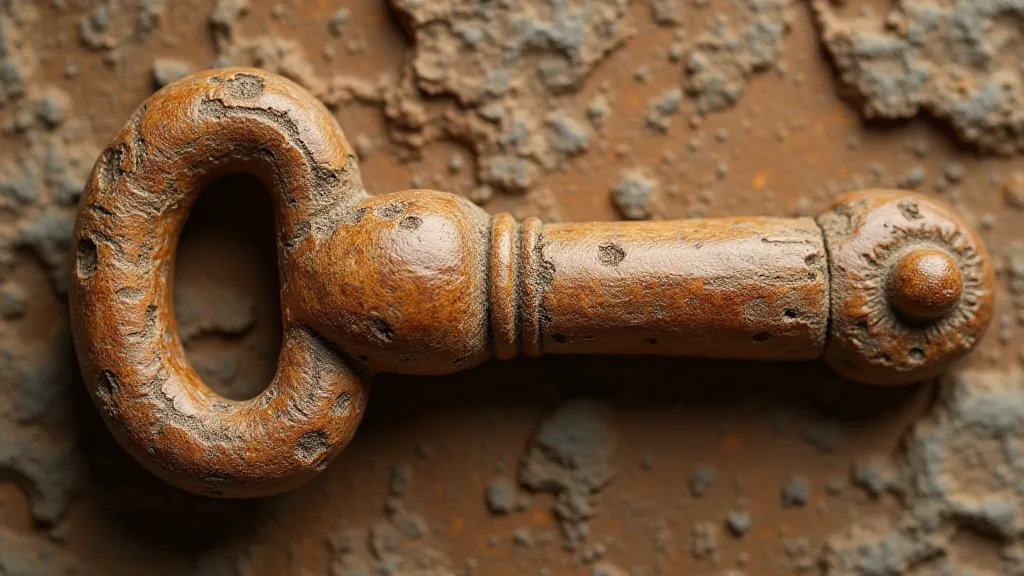
The Rise of Warded Keys: Adding Complexity and Security
A significant leap forward came with the development of “warded keys.” Warding refers to the ridges or obstructions cut into the key itself and corresponding features cut into the lock cylinder. These obstructions meant a key wouldn’t simply turn; it had to have the precise configuration of wards to engage the locking mechanism. This drastically increased the difficulty of unauthorized access. The Romans, known for their engineering prowess, significantly advanced warding techniques. Roman keys, often made from bronze, showcased increasingly intricate ward patterns. Understanding the intricacies of these patterns is a cornerstone of appreciating antique key design, and those interested in a deeper exploration might find the lexicon of warding particularly enlightening.
The introduction of warding marked a crucial shift. It meant that even if someone managed to manipulate a lock, they would require a key specifically designed with the correct ward configuration. This system, while not foolproof, represented a substantial improvement in security. It was an early example of a technological arms race between those seeking to secure their possessions and those trying to circumvent those safeguards.
Key Shapes and the Security Challenge
The physical shape of the key also played a role in security. Early keys were often square or rectangular. As the need for greater security increased, key designs became more complex, adopting curved shapes and intricate patterns. The more complex the key’s physical form, the more difficult it became to replicate without specialized tools and knowledge. This complexity wasn't purely aesthetic; it was a direct response to the persistent threat of unauthorized access.
Bit Keys and the Art of Reproduction
“Bit keys,” characterized by their complex, multiple-bitted designs, represent a particularly clever evolution. These keys had notches or “bits” cut along their edges, which engaged with corresponding pins or levers inside the lock. The bit configuration was incredibly intricate, making replication exceptionally challenging. Bit keys were common in Europe during the Middle Ages and Renaissance. The design of bit keys often involved a delicate balance between complexity and manufacturability – requiring skilled artisans capable of crafting the intricate designs.
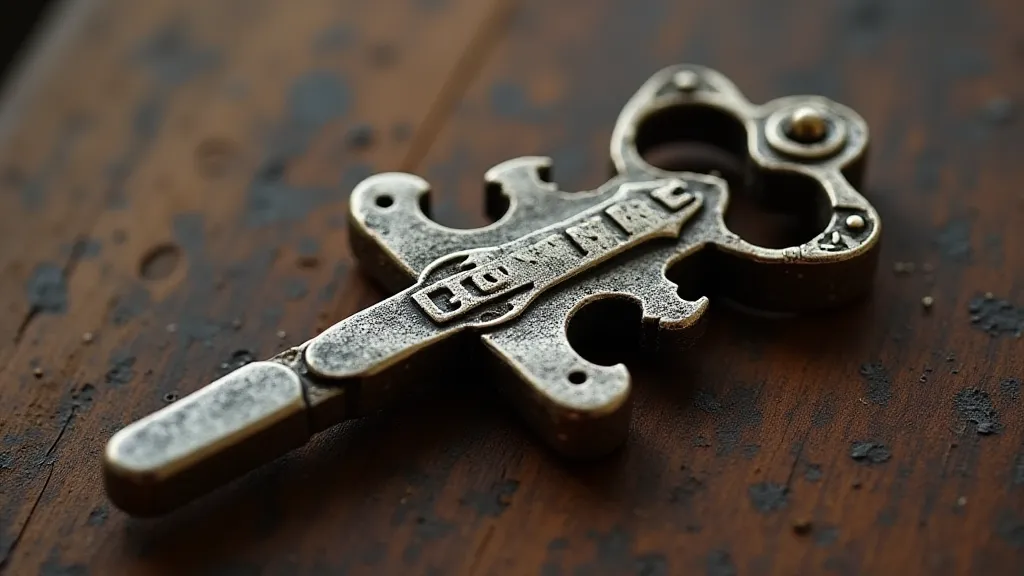
The complexity of bit keys, however, also created a new challenge. Skilled locksmiths sometimes managed to decipher the key’s configuration, enabling them to create duplicate keys. This fueled a constant arms race: locksmiths would invent increasingly complex bit patterns, while potential intruders sought ways to circumvent them. It’s a testament to human ingenuity on both sides of the security challenge, pushing the boundaries of design and deception. For those wishing to differentiate these intricate keys from other types, a comparison of mortise vs. bit keys can be very helpful.
Locksmithing as a Skilled Craft
The demand for secure locking mechanisms and the need to reproduce keys fostered the development of locksmithing as a respected and highly skilled craft. Locksmiths held positions of considerable trust and often guarded their techniques jealously. The intricacy of antique keys underscores the level of expertise required to create and maintain these crucial security devices. Their skills were essential for maintaining order and protecting valuables in a world where security was a constant concern. They were, in essence, the cybersecurity professionals of their time.
The Evolution of Lock Design and Key Types: A Deeper Dive
The history of keys isn’t just about the keys themselves; it’s intricately linked to the evolution of lock design. Early locks were simple pin tumbler mechanisms, vulnerable to relatively straightforward manipulation. As keys became more sophisticated, so too did the locks they operated. The rise of lever locks, which utilized multiple levers engaged by the key’s bitting, offered increased security, but also presented new challenges for locksmiths. The constant need for innovation ensured that the relationship between keys and locks remained dynamic and ever-evolving. Examining common key blanks and their uses provides context for understanding the breadth of historical lock designs.
The Social and Economic Impact of Secure Locking
The ability to secure property and possessions had a profound social and economic impact. It facilitated trade and commerce by providing a means of protecting goods in transit. It enabled the construction of larger and more complex buildings, knowing that their contents could be safeguarded. The security afforded by sophisticated locking mechanisms fostered a sense of stability and trust, essential for the development of thriving communities. The value placed on security also fueled a thriving industry, supporting skilled artisans and entrepreneurs.
Collecting Antique Keys: A Window into the Past
For those fascinated by the history of keys and locks, collecting antique keys offers a tangible connection to the past. Each key tells a story – a story of the person who owned it, the lock it opened, and the era in which it was created. The collection can encompass a wide variety of keys, from simple wooden pegs to intricately crafted bit keys. Proper identification and preservation are key to maintaining the value and historical significance of antique key collections. Those starting their collecting journey might find a beginner's guide to antique keys to be a helpful resource.
The Legacy of Antique Keys
While modern technology has largely rendered the traditional key obsolete for everyday use, antique keys retain a compelling allure. They are tangible links to the past, reminders of a time when ingenuity and craftsmanship were paramount. Studying their design and evolution provides invaluable insights into the history of security and the enduring human need to control access. The principles behind these antique locking mechanisms, the ingenuity in warding, and the artistry in key design, continue to inspire modern security innovations. Even in a world dominated by digital security measures, the lessons learned from the evolution of antique keys remain relevant.
